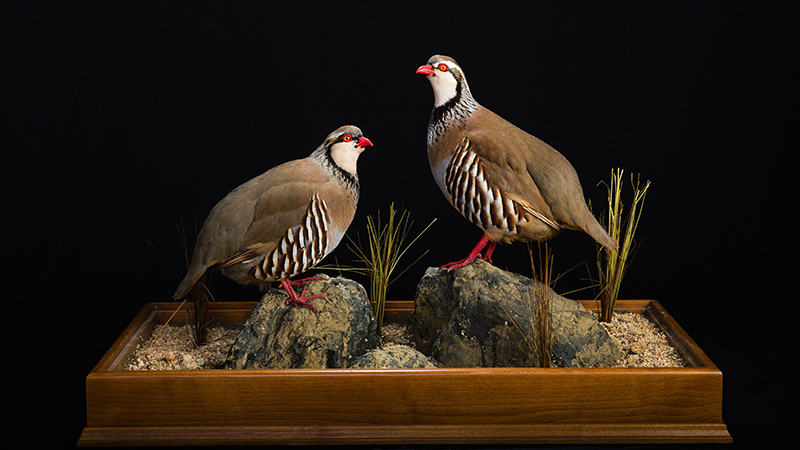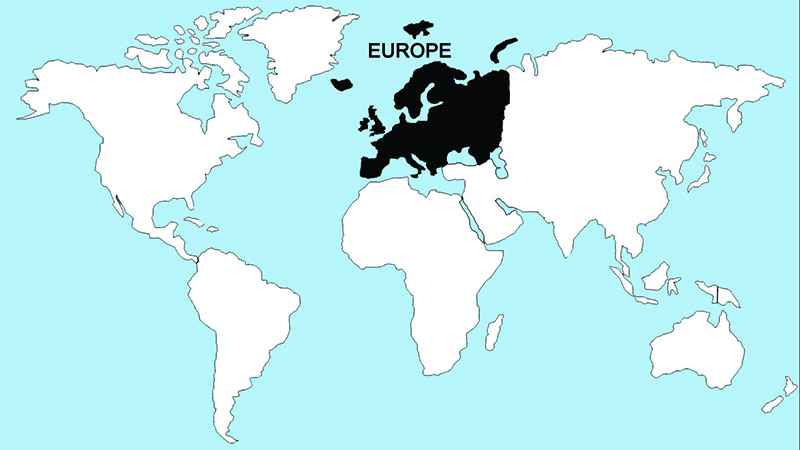Red-legged Partridge

The red-legged partridge is a Eurasian species closely resembling the chukar partridge that has been introduced successfully into western North America. Like the chukar and other Alectoris species, this one prefers dry and usually hilly land, varying from sandy to rocky substrates and from level steppes to montane foothills. Areas with low or open vegetation, allowing unobstructed vision and running, and with sloping grades, seem to be particularly favored. It is usually found at fairly low elevations, rarely occurring as high as about 6,500 feet and frequently occurs almost to sea level. Coveys are the typical social unit of redlegged partridge for most of the year; assemblages of up to 70 are fairly common, and groups of up to 200–300 have been recorded during cold weather.
The usual mating system is one of long-term monogamy, but males sometimes acquire two mates, and females have also been known to associate with two males. The eggs are laid at the rate of about two per three days, and the usual clutch-size in England is 11–13 eggs. In Europe there have been numerous instances of double-brooding reported. In these cases the second clutch is laid only a few days after the first, and each member of the pair tends a clutch separately, with the male normally incubating the first. The female typically lays replacement clutches after losing the first nest. The incubation period requires 23–24 days, and the chicks are initially capable of short flights at about ten days. When double-brooding occurs, the young are cared for by a single parent, but otherwise are tended by both members of the pair.
Regions Birds Are Found

Collection Location & Year
Spain 2003
Taxonomy
| Order | Galliformes |
|---|---|
| Family | Phasianidae |
| Tribe | Perdicini |
| Species | Alectoris |
| Genus | rufa |
Gender
Male
References
- Cramp, S., and K. E. L. Simmons, eds. 1980. The Birds of the Western Palearctic. Vol. 2. (Hawks to Bustards) London, UK: Oxford Univ. Press.
- del Hoyo, J. A. Elliot, and J. Sargatal, eds. 1994. Handbook of Birds of the World. Vol. 2 (New World Vultures to Guineafowl). Barcelona, Spain: Lynx Editions.
- Johnsgard, P. A. 1999. The Pheasants of the World: Biology and Natural History. Washington, DC: Smithsonian Institution Press.